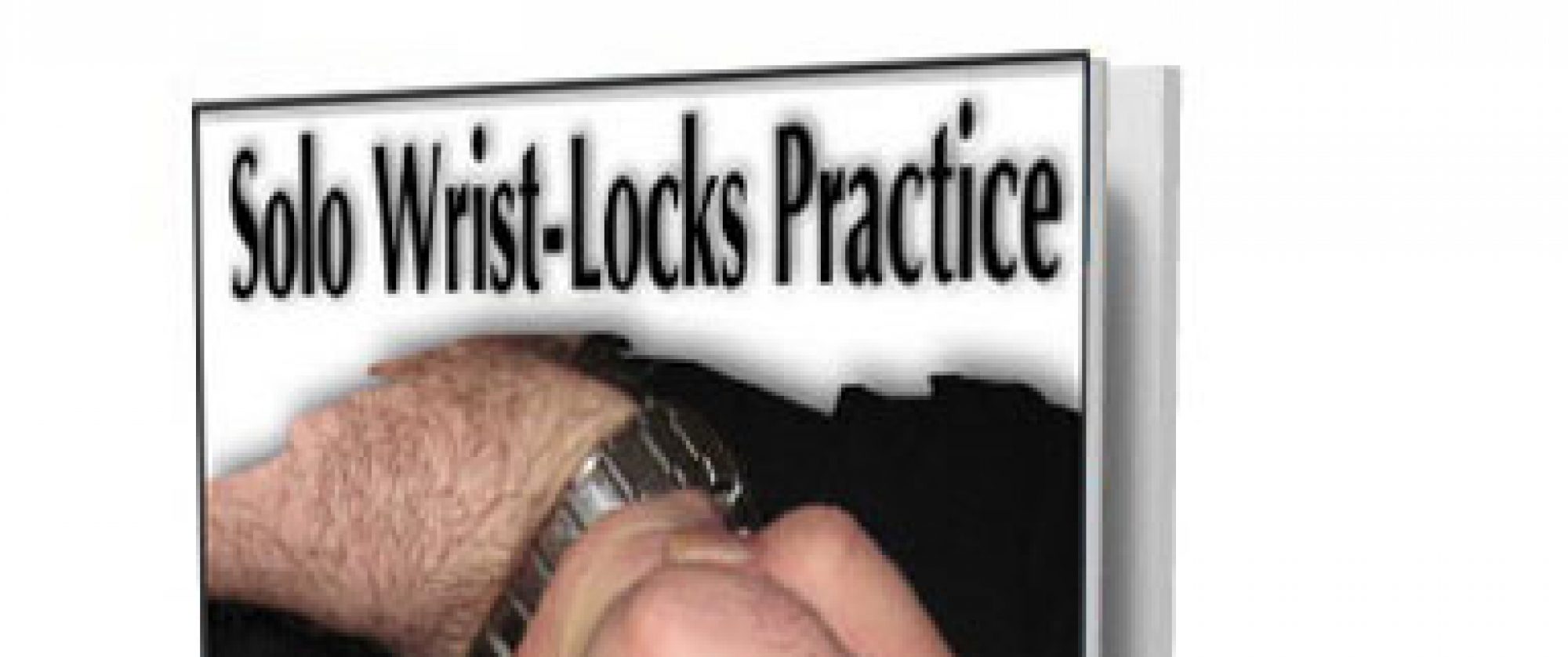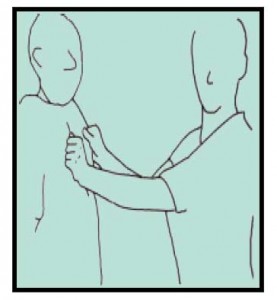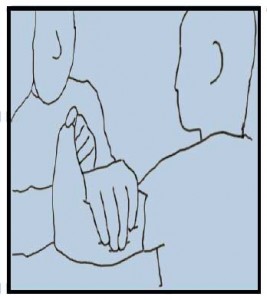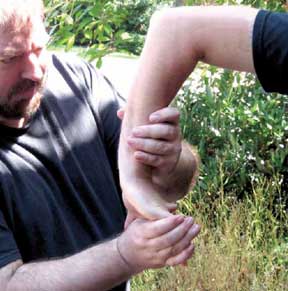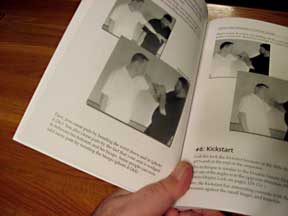[headline_arial_medium_left color=”#000000″]No Wrist Lock at the Courthouse[/headline_arial_medium_left]
This morning, my wife and I had to look something up in the records section of the Lane County Courthouse. An “interesting little episode” occurred just as we were entering the building….
 As I grabbed the door to one of the entrances and held it open for my lady, a man in a suit (looked like a lawyer) with a briefcase, entered the door to the left of me. The problem was that it was an exit, not an entrance. And at precisely the same, a “Paul Bunyon” type came out the exit.
As I grabbed the door to one of the entrances and held it open for my lady, a man in a suit (looked like a lawyer) with a briefcase, entered the door to the left of me. The problem was that it was an exit, not an entrance. And at precisely the same, a “Paul Bunyon” type came out the exit.
 The “suit” stepped a little to the side and said, “Oh, excuse me. I’m sorry.”
The “suit” stepped a little to the side and said, “Oh, excuse me. I’m sorry.”
The logger guy responded with a loud yell of “F_ _ _ _ YOU!”
As he yelled his profanity, he turned toward the lawyer, which cause him to yell partially facing me. And I noticed that my fist had twitched just a little and started to raise as he leaned toward me. Then he continued turning to face the lawyer with his yell.
The lawyer sped up into the building. The security guards at the metal detector and scanner looked perplexed. The Hulk with the temper continued out into the lovely, sunshiny morning.
[headline_arial_small_left color=”#000000″]So, Why Is This Episode in a Wrist Locks Blog?[/headline_arial_small_left]
Because, once his body was again outside my bubble, my thoughts turned to a wrist lock. Paul Bunyon still had his hand on the door … perfect for a wrist lock, if he tried to attack the apologetic guy in the suit.
I didn’t mean to be ready; I hadn’t planned on it. I just noticed my personal, subtle reactions.
[features_box_green width=”75%” + border=”2px”]
Note: Just as I had noticed my wife’s fist start to raise a little, when two blocks before, another downtown businessman had rounded a corner of a building and was surprised by the two of us. Both he and Kate exchanged the polite “excuse me” remarks, but afterwards, Kate mentioned that an automatic reflex had almost kicked in.
I had noticed.
And our automatic reflex is not to block, but rather to hit first … a la Bruce Lee and The Way of The Intercepting Fist (JKD).
[/features_box_green]
[headline_arial_small_left color=”#000000″]Instant Fight Evaluations and Assessments[/headline_arial_small_left]
 Do you make such instant evaluations when presented with a possible situation?
Do you make such instant evaluations when presented with a possible situation?
Do you know to hit, when a meanie advances on you? Does your brain change that hit to a joint lock, when the immediate threat turns away from you, and puts the attacker’s free hand out of range?
If you start with a practice partner squarely facing you, at what point of him pivoting to turn around, does your wrist-lock instinct kick in? Is it when he’s facing away from you completely, or simply when one arm or leg can’t reach you any more?
Could you devise an exercise where your partner, almost in range for a hit, pivots slowly, eventually turning around (180 degrees)? As he or she turns, you figure out the most appropriate defense to a particular attack, given your enemy’s current orientation to you.
I think such experimentation is useful for defining when you should and when you shouldn’t attempt a wrist lock as your first move.
